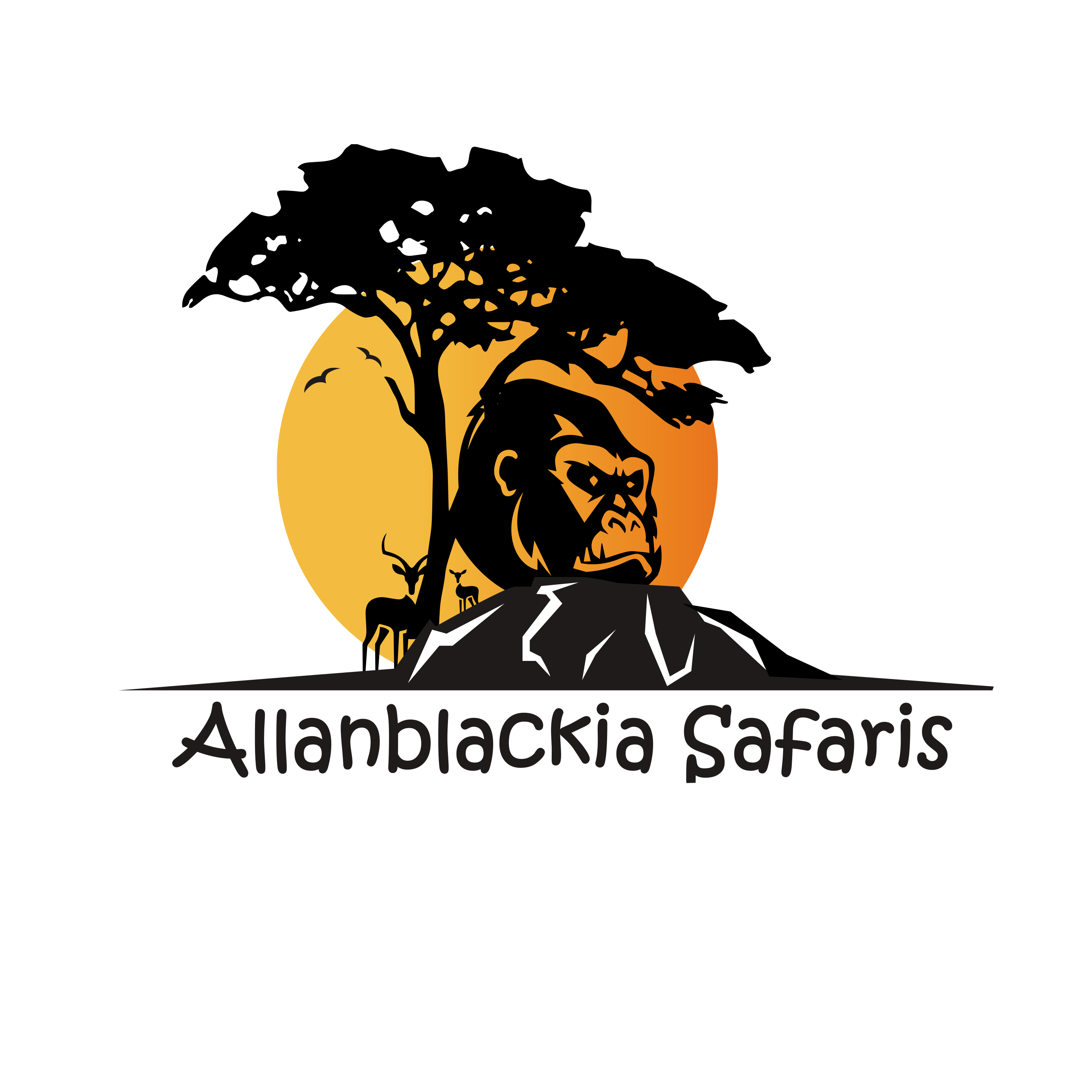
Virunga National Park.
Perched in the Albertine Rift Valley, Virunga National Park is an exciting destination in the east of the Democratic Republic of Congo that every nature enthusiast and adventure-seeking explorer should endeavor to check out.
The park is celebrated for its exceptional biodiversity and the significant role it plays in the ecosystem by harboring several attractive species of flora and fauna. Virunga National Park has a relatively high elevation extending up to 5109 meters above sea level in the Rwenzori mountain ranges and 680 meters above sea level in the Semuliki River Valley. Virunga National Park sits on an area of approximately 7769 square kilometers in the eastern Democratic Republic of Congo in the Virunga conservation area. It is a renowned UNESCO World Heritage site hosting several exciting creatures.
History of Virunga National Park.
Virunga National Park was initiated straight after the Democratic Republic of Congo’s independence in 1969. It was inscribed as a UNESCO World Heritage Site in 1979 due to the significance it has in the environment and to keep the masses in the know of how endangered it is and needs protection.
The Congolese National Parks Authority entered a partnership with the Virunga Foundation to manage the park effectively and its fruits have been enjoyed since then and are evident today. This awesome partnership initiated a comprehensive change and brought about the Virunga alliance – a program that has helped fight poverty in the region and promote patriotism and sustainability.
The uniqueness of the park.
Virunga National Park is a renowned protected area in the region. It boasts of its breathtaking views of the Virunga mountain ranges after which it is named. It is further unique in the sense that it is the most biodiverse protected area on the African continent hosting thousands of species, especially amphibians, reptiles, birds, mammals, and most notably the world’s endangered mountain gorillas.
Activities carried out in Virunga National Park.
Gorilla trekking and habituation. Visitors to the captivating Virunga National Park are presented with the golden opportunity to meet the world’s only remaining population of mountain gorillas.
The gorilla trekking activity allows visitors to spend at least an hour with the mountain gorillas while the gorilla habituation activity is more exciting since the visitor is allowed a maximum of four hours watching the gorillas up close, participating in conservation activities, learning and unlearning several facts about them.
Nyiragongo volcano hike. Travelers can also indulge in hiking of the Nyiragongo volcano. The hike to the summit of this volcano uncovers the breathtaking beauty of the surroundings of the park encompassing swamps, riverine vegetation, and the four other Virunga mountain ranges. Such picturesque moments are good for photography and sightseeing and even make the trips more exciting.
Main attractions of Virunga National Park.
Senkwekwe orphanage center. This orphanage center was created to look after the orphaned gorillas. Researchers and conservationists are always on the lookout for the orphaned gorillas in the forest. They are gathered and looked after at this orphanage. It is where visitors can access them.
Mountain gorillas. These are the most outstanding attractions of the National Park. A bigger section of the visitors that flock to the park have the interest of meeting the mountain gorillas.
The attractive volcanoes. Virunga National Park is home to 3 of the 8 Virunga mountain ranges which tourists enjoy marveling at and hiking. The mountain ranges are Nyiragongo, Mikeno, and Bisoke.
How to get to Virunga National Park.
Visitors can fly into the country through Goma International Airport. Virunga National Park is just a 15-minute drive from Goma town. Visitors can opt to fly to Kigali and drive from Kigali International Airport to the park which takes about four to five hours.
Best time to travel to Virunga National Park.
The dry months of the year are the best times in which travelers can embark on adventures in Virunga National Park. The dry seasons in Congo are categorized into two that is to say the long dry season from late May to September and the short dry season from January to late February.
